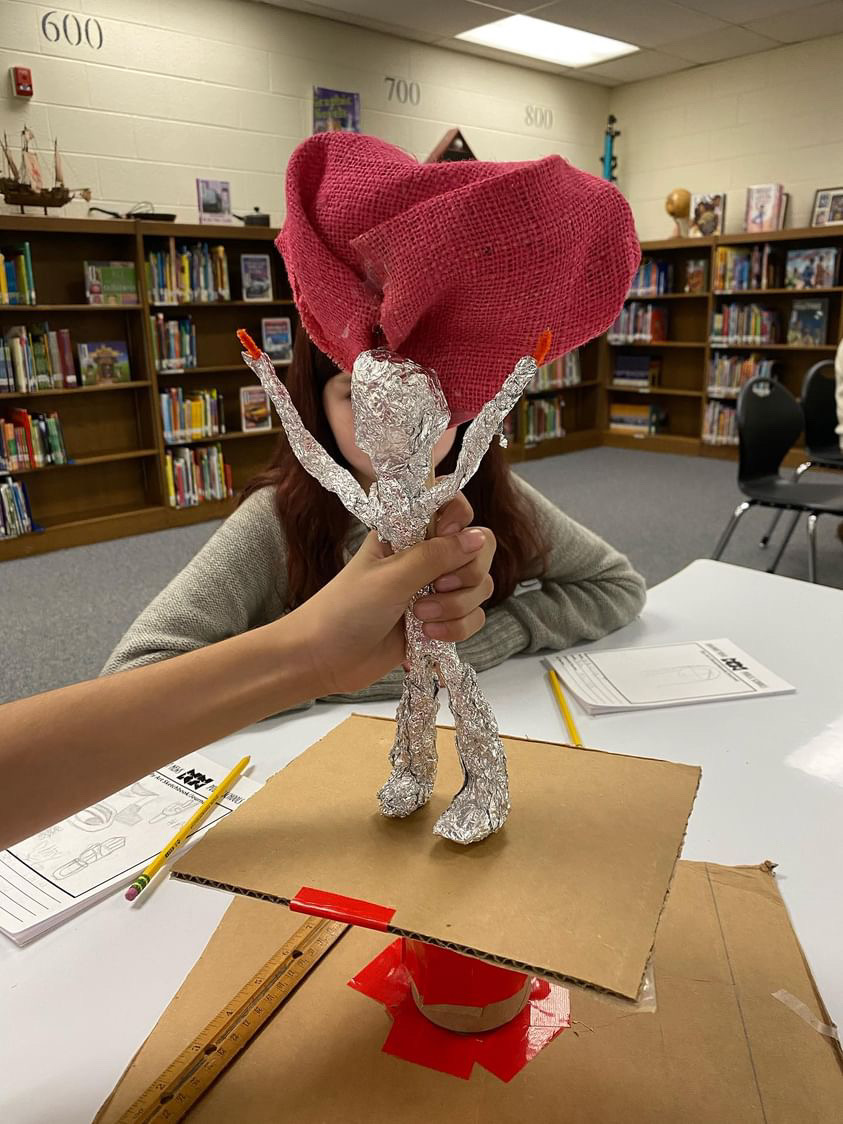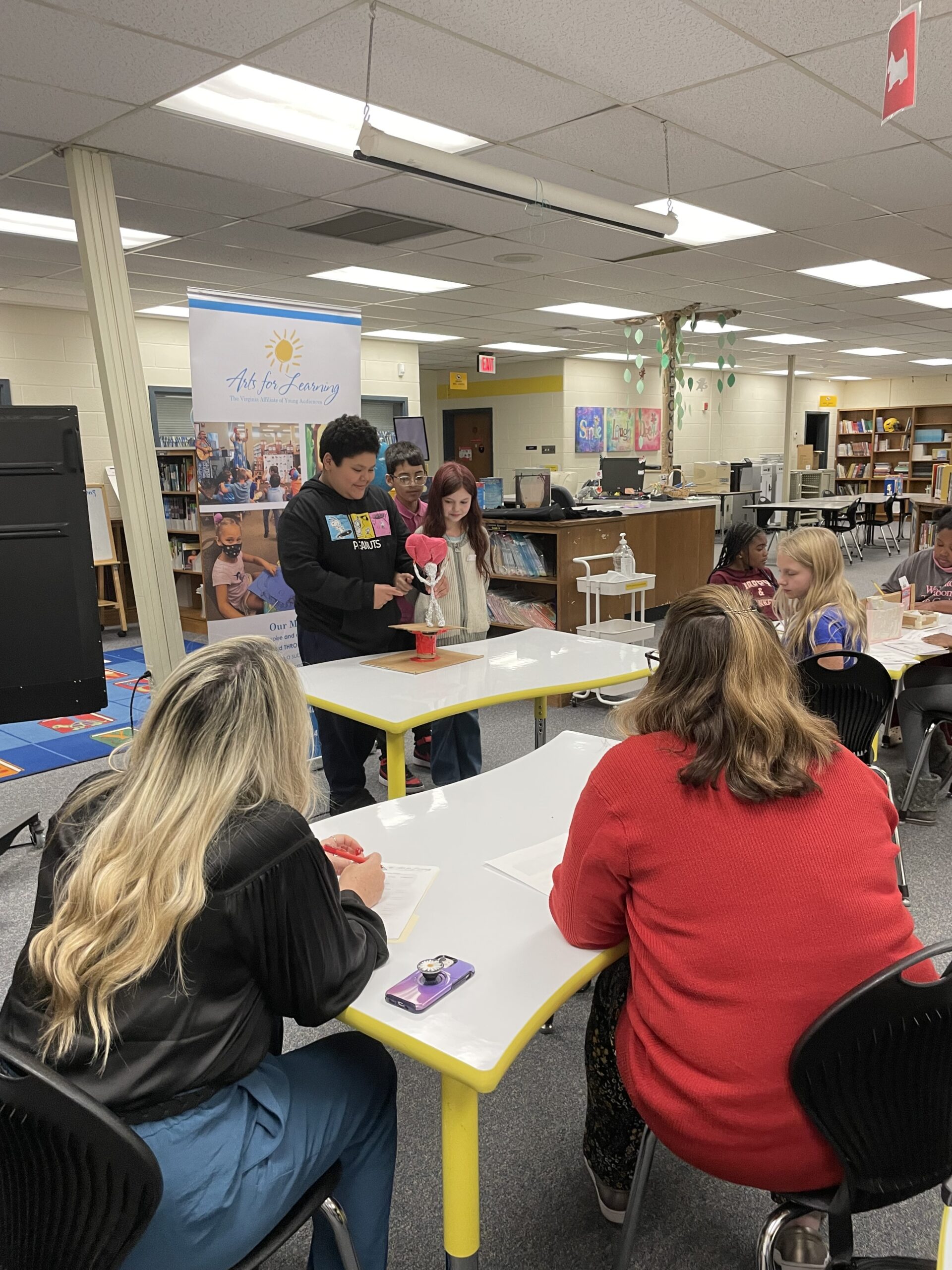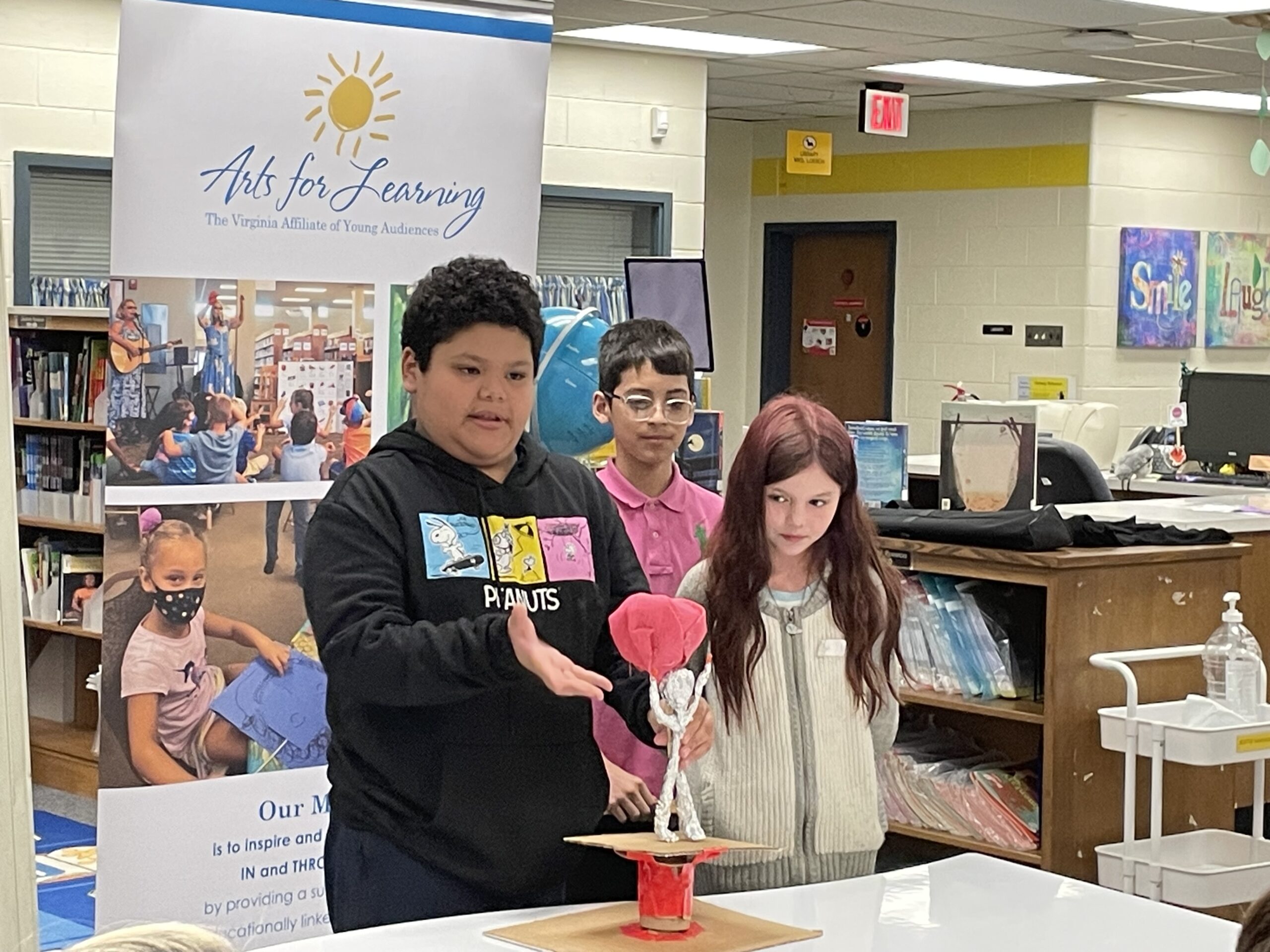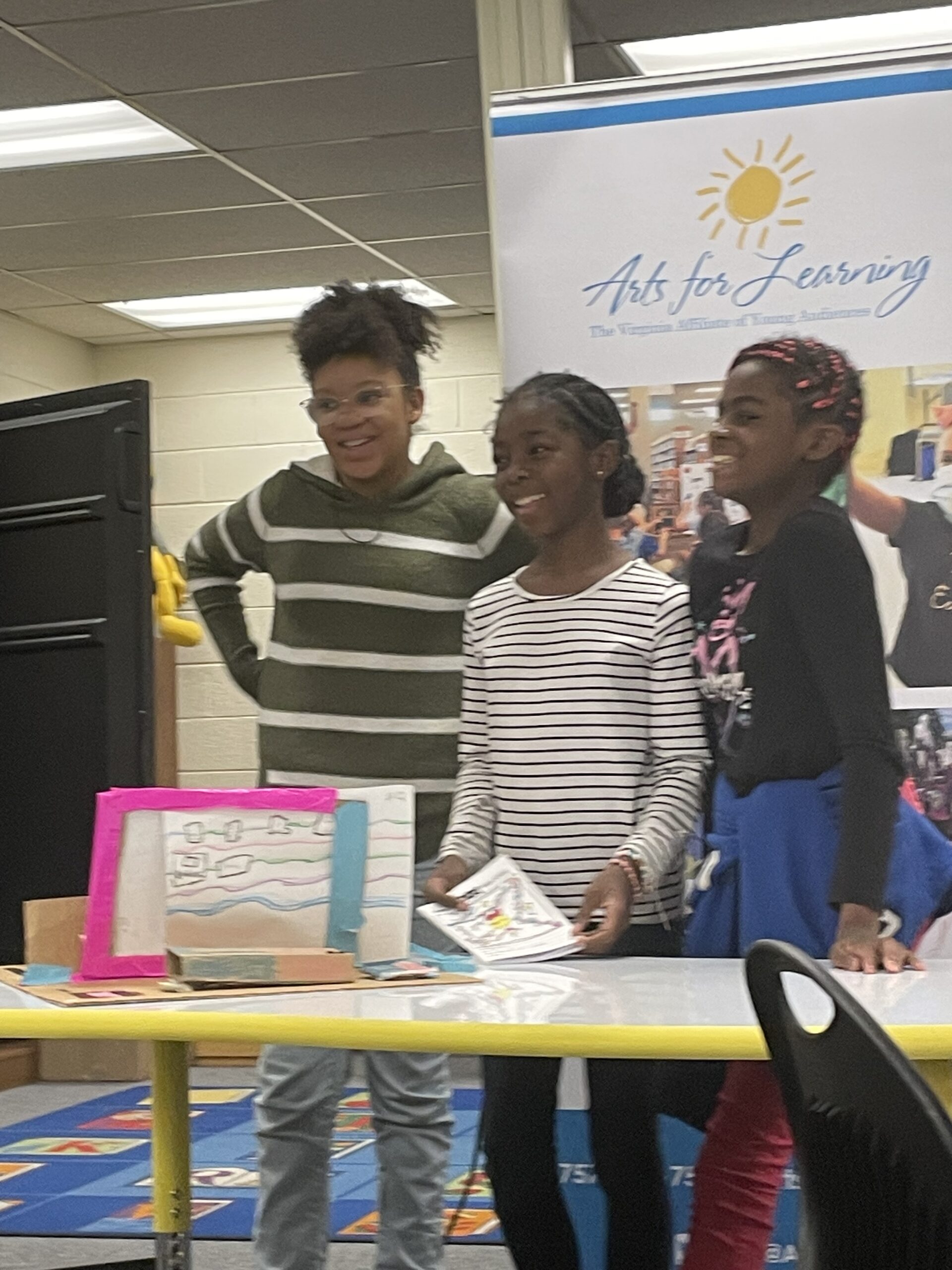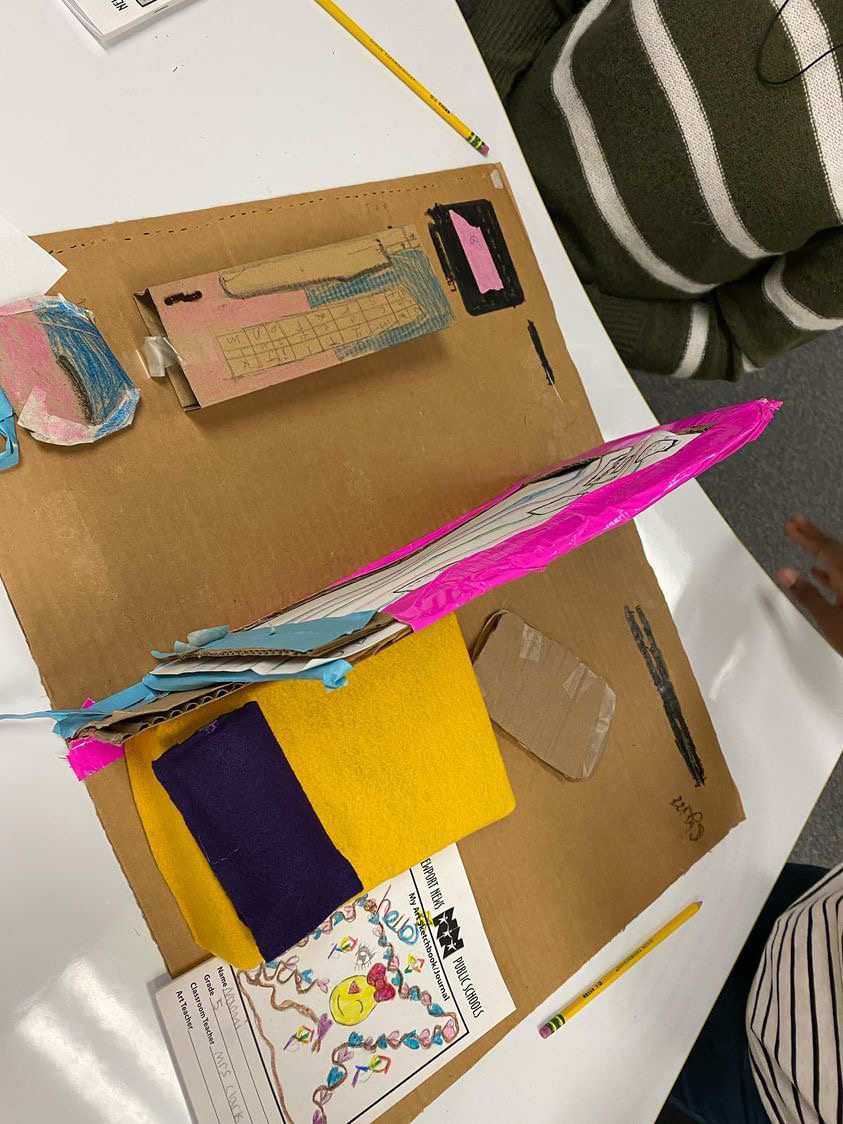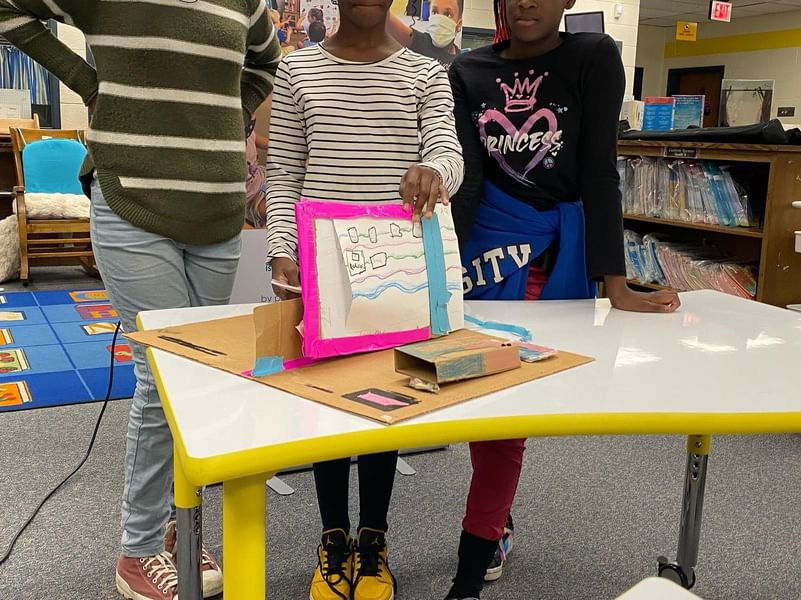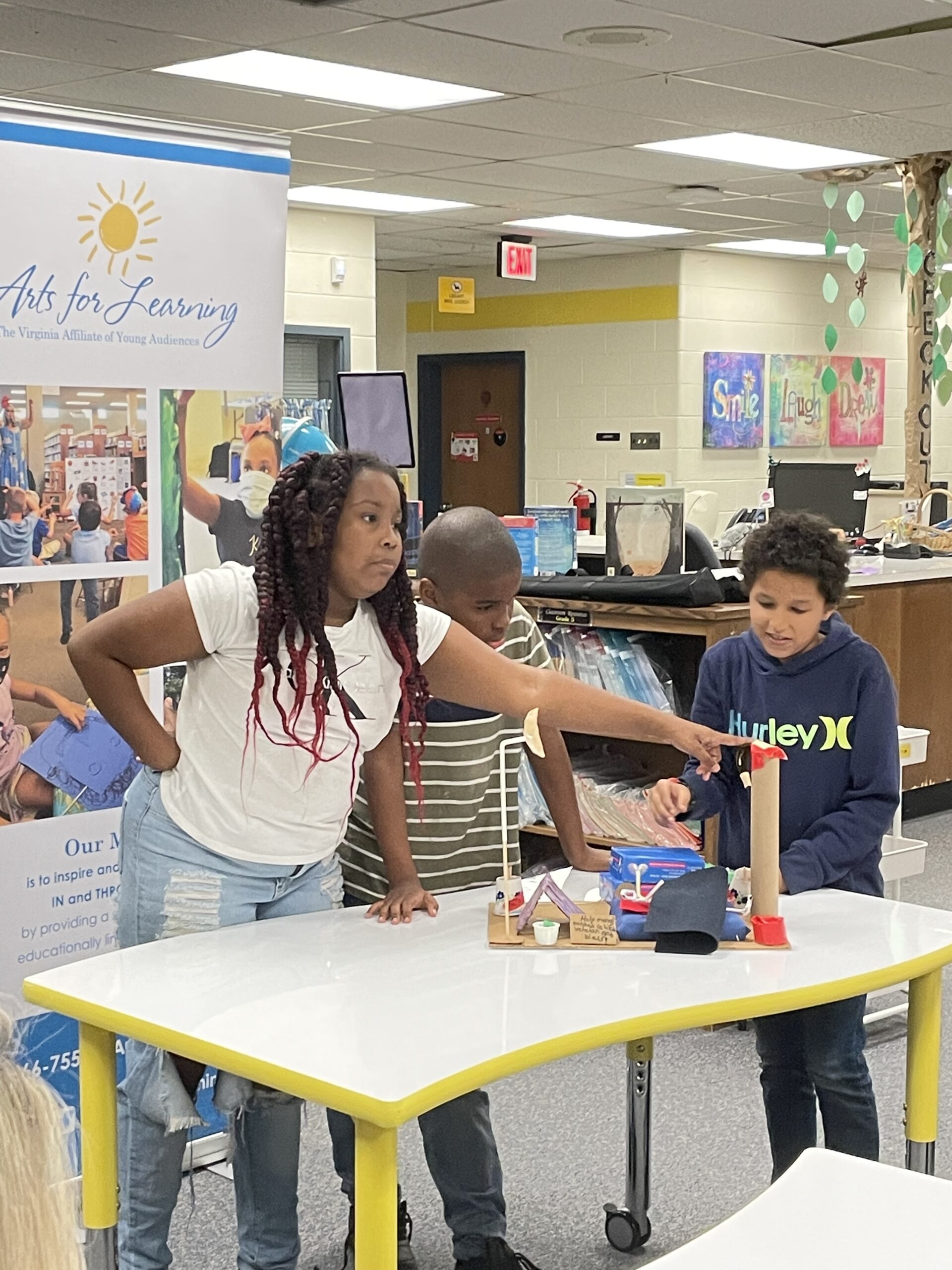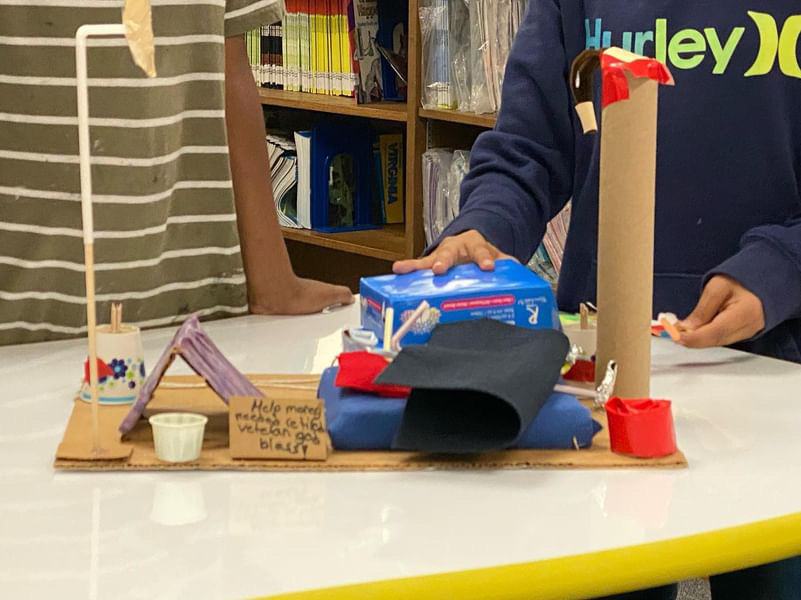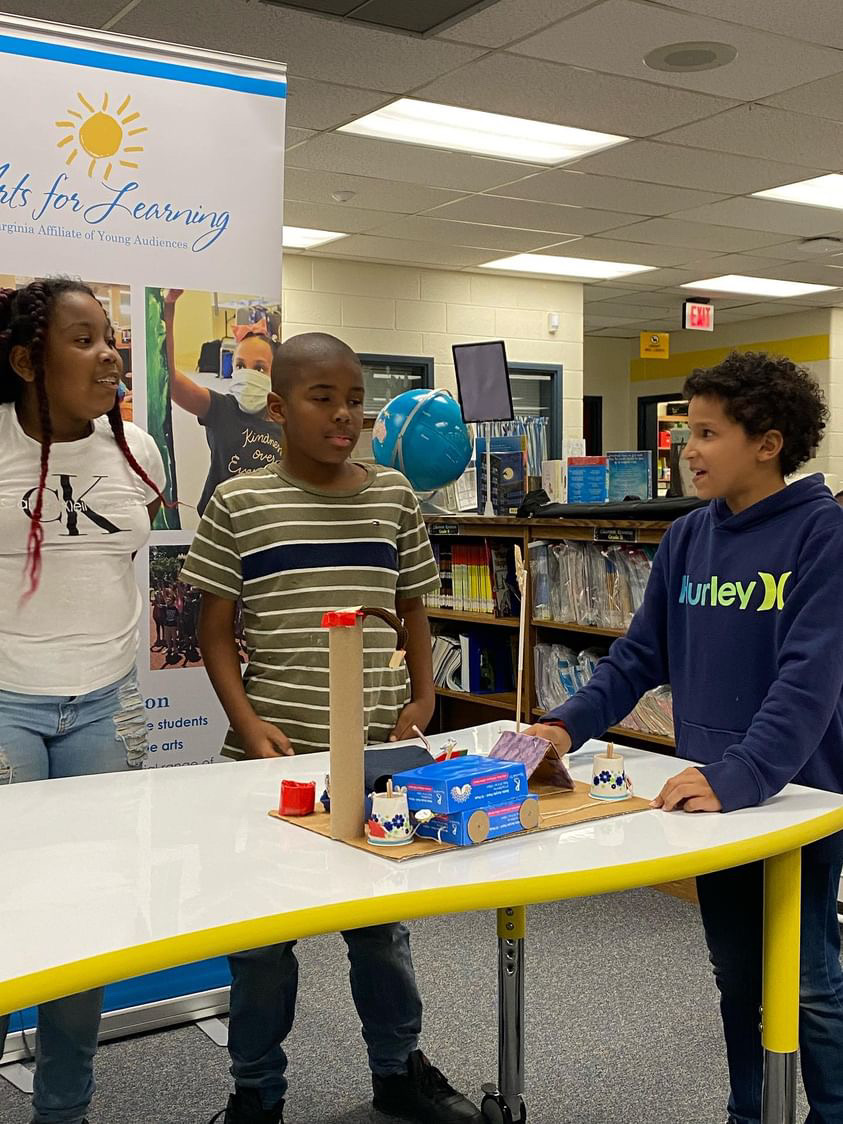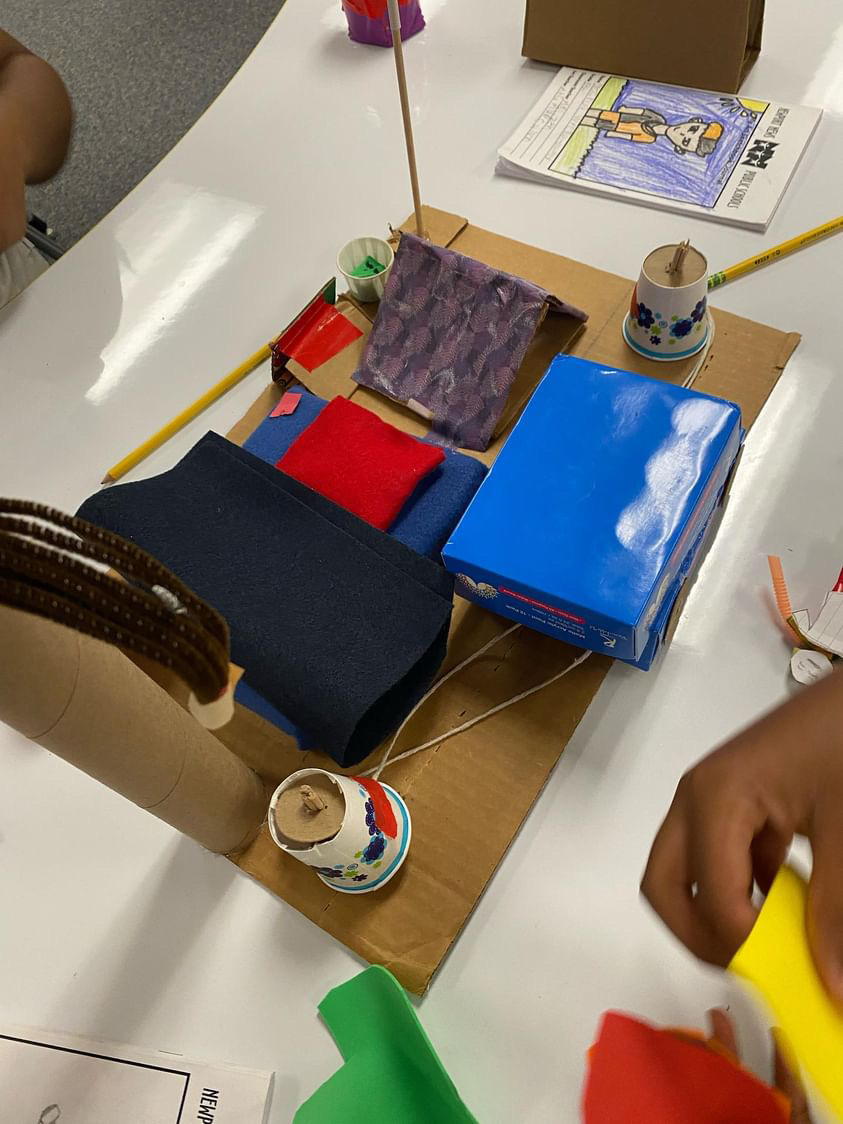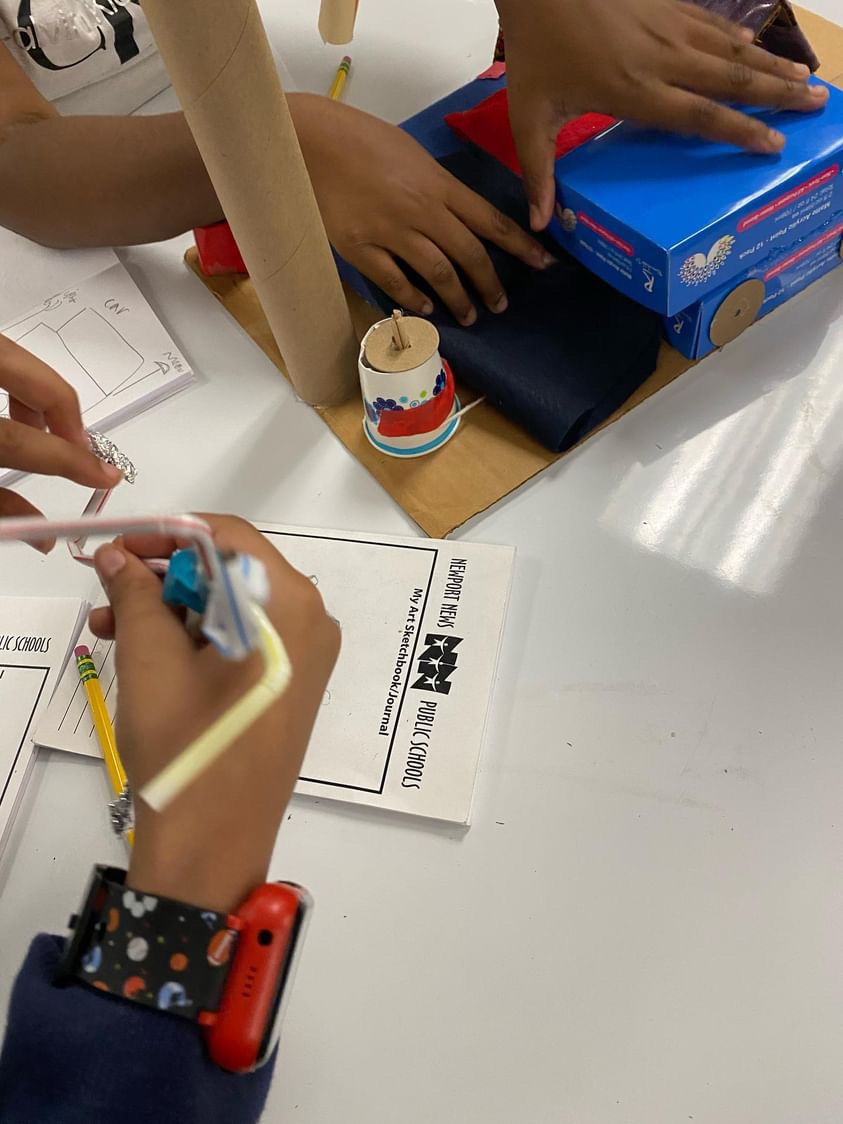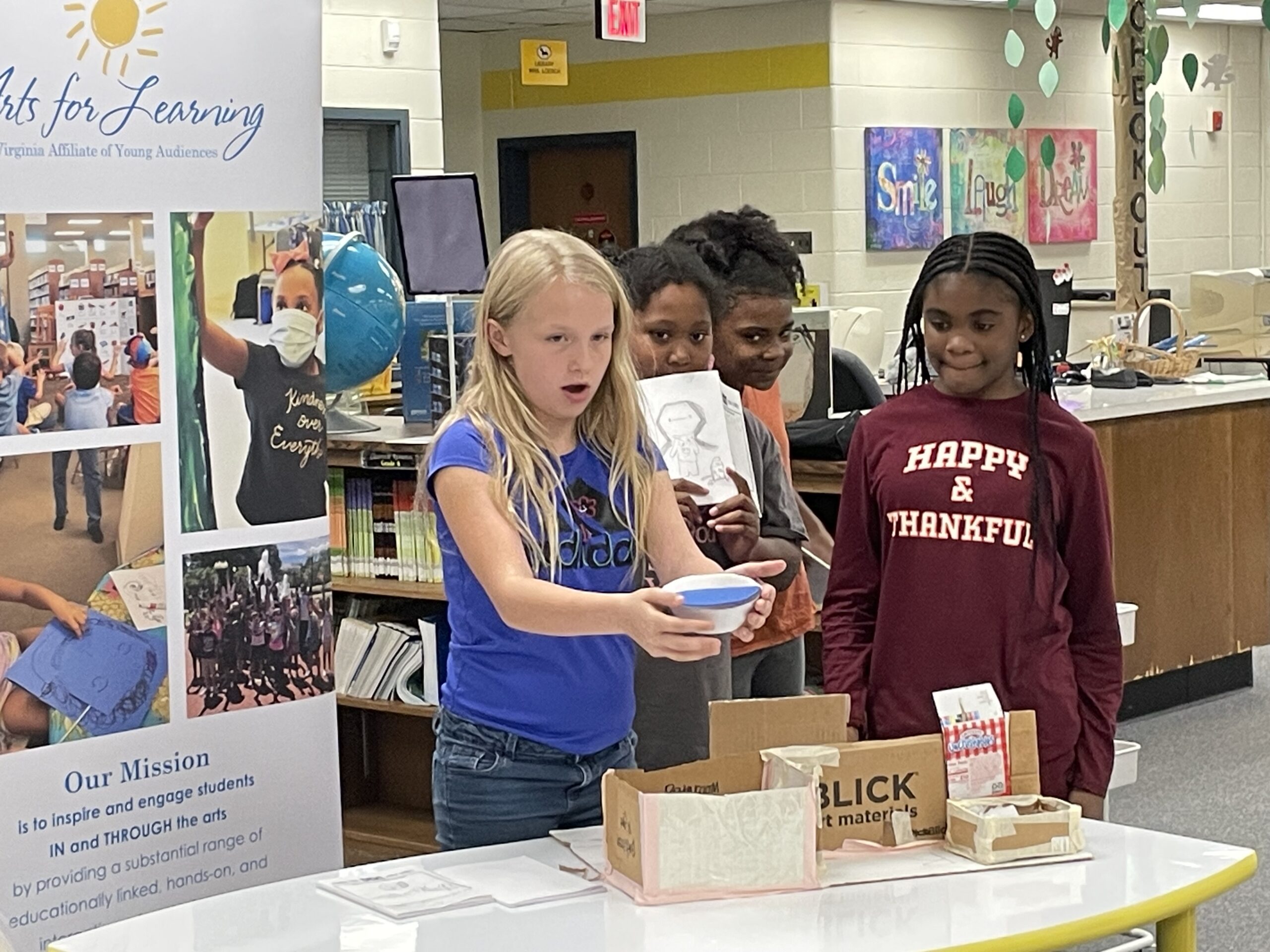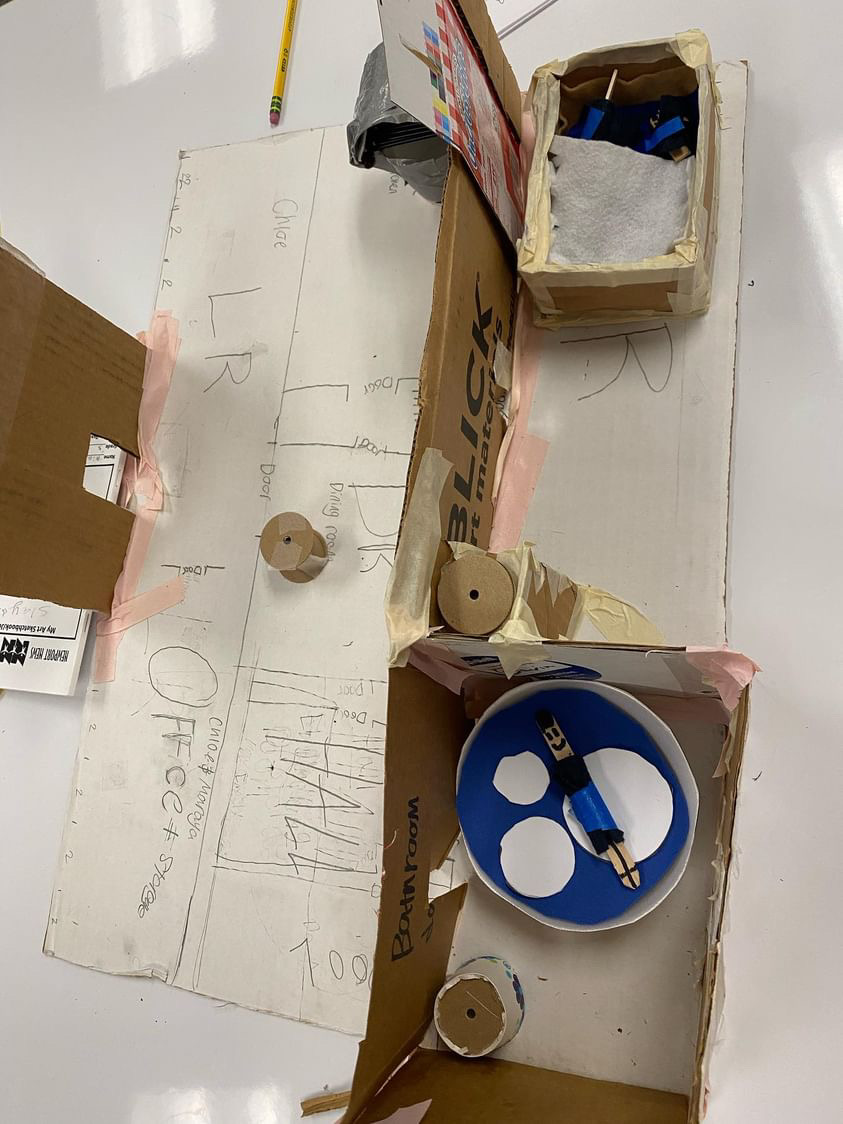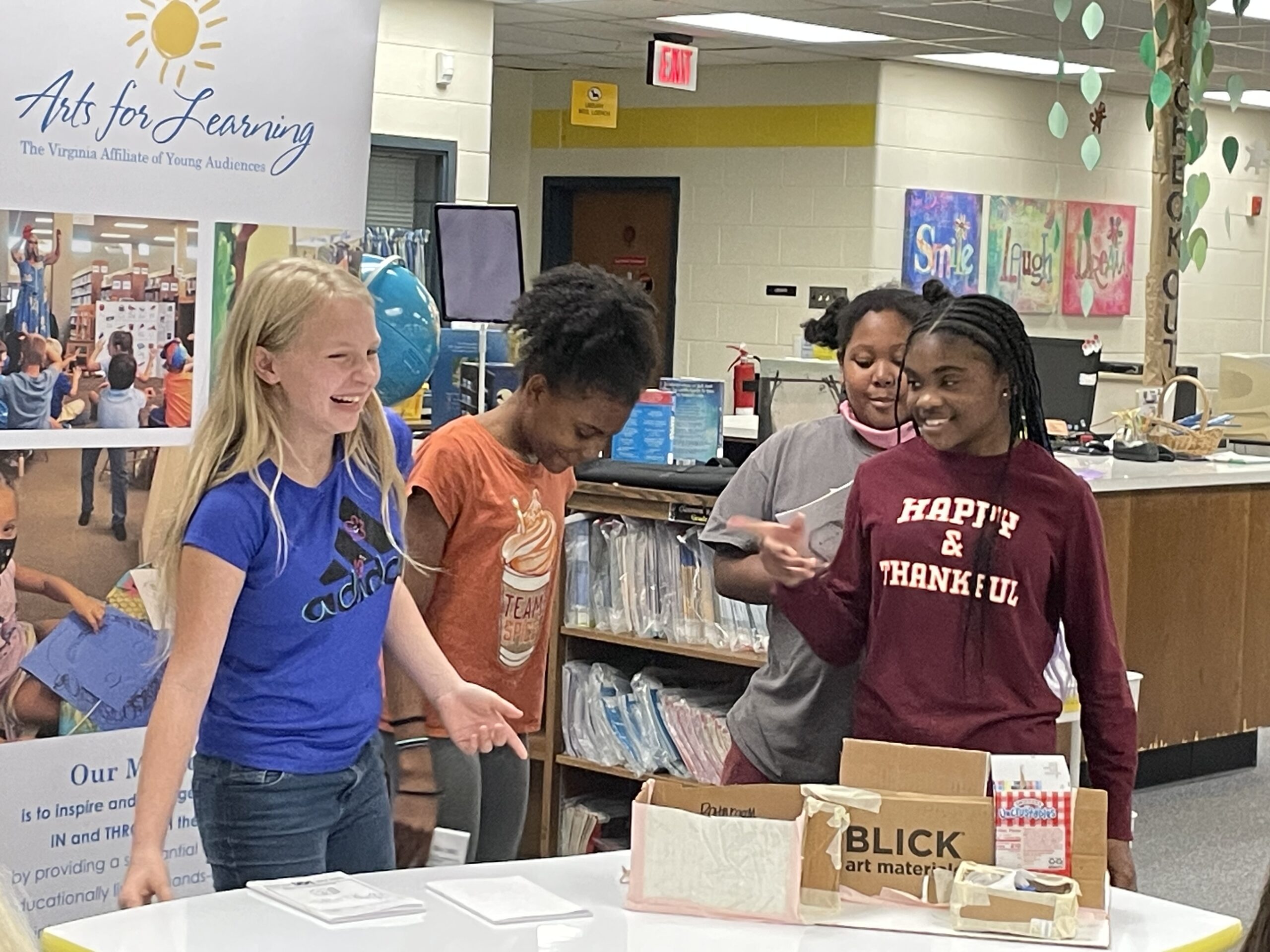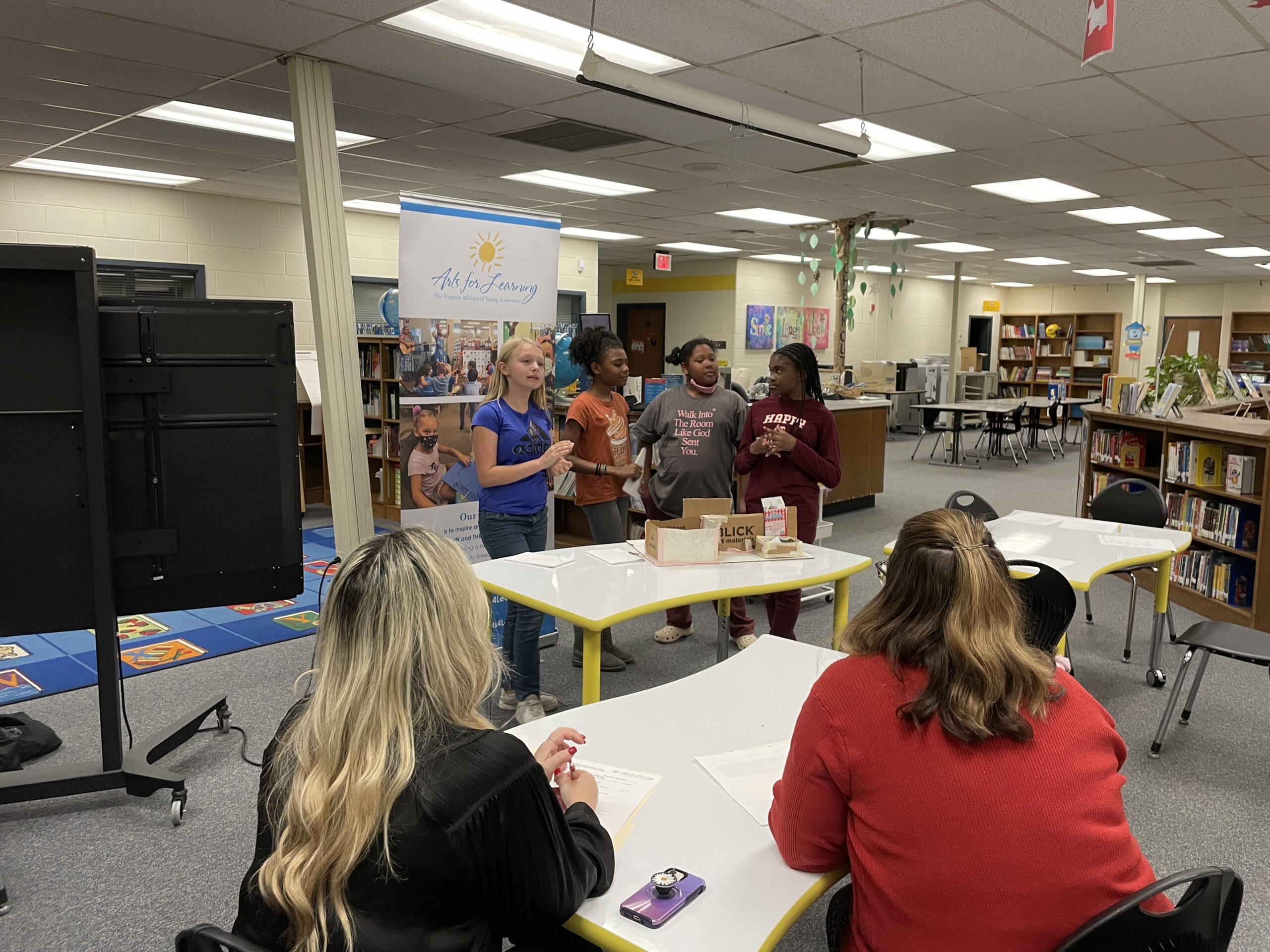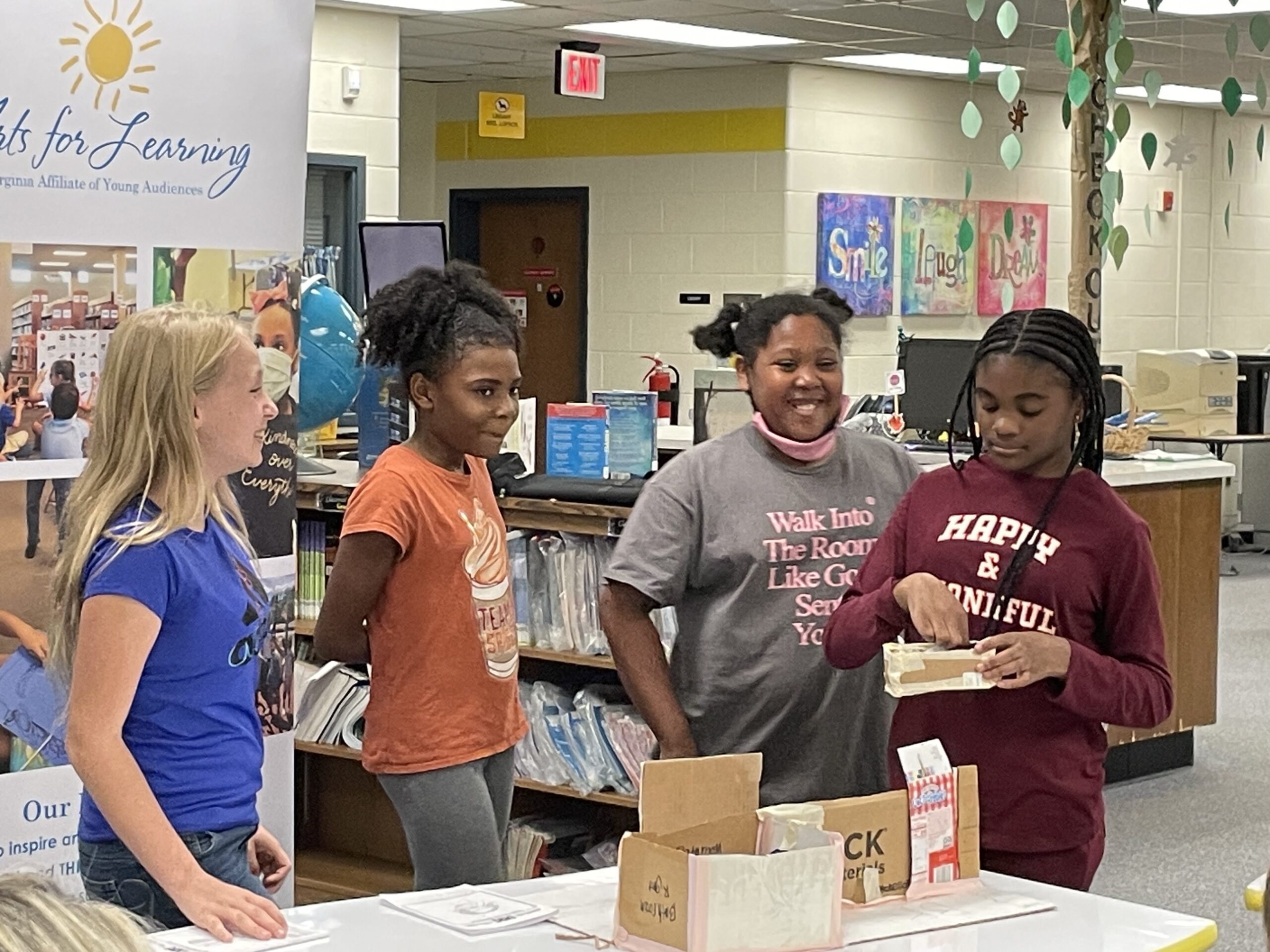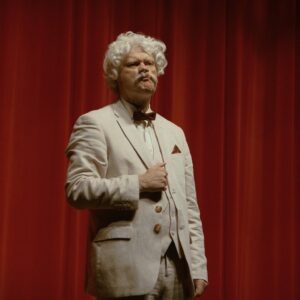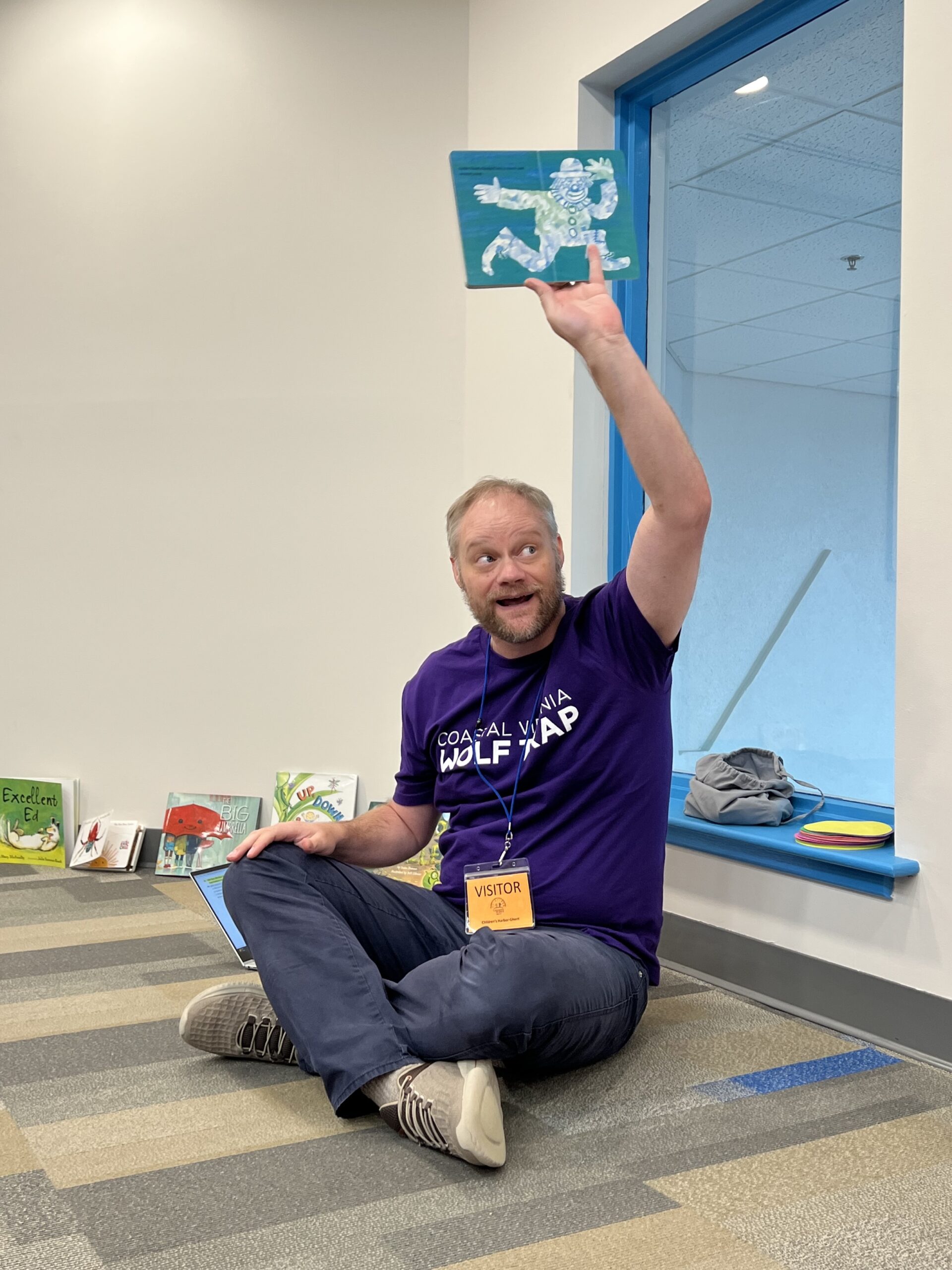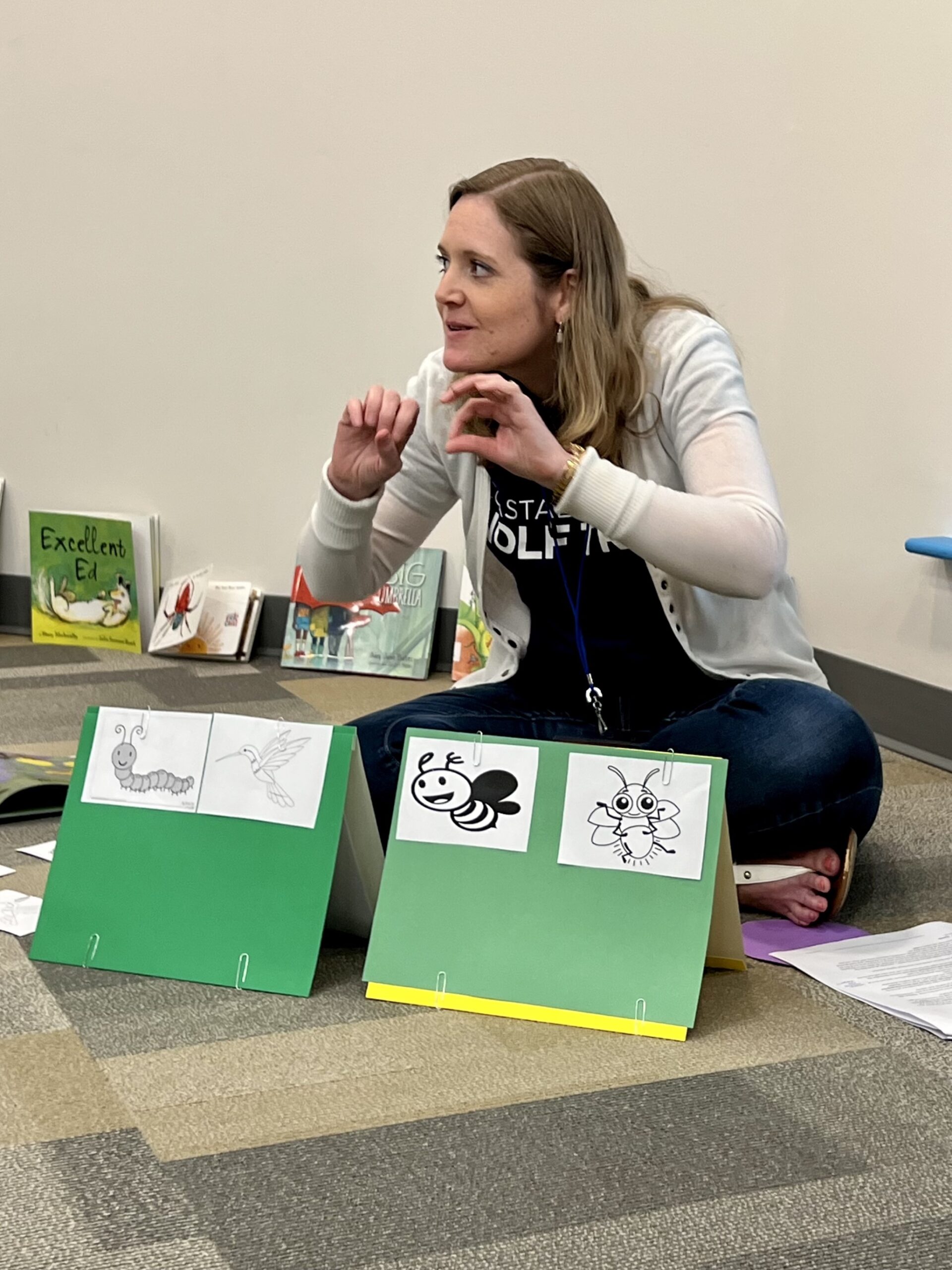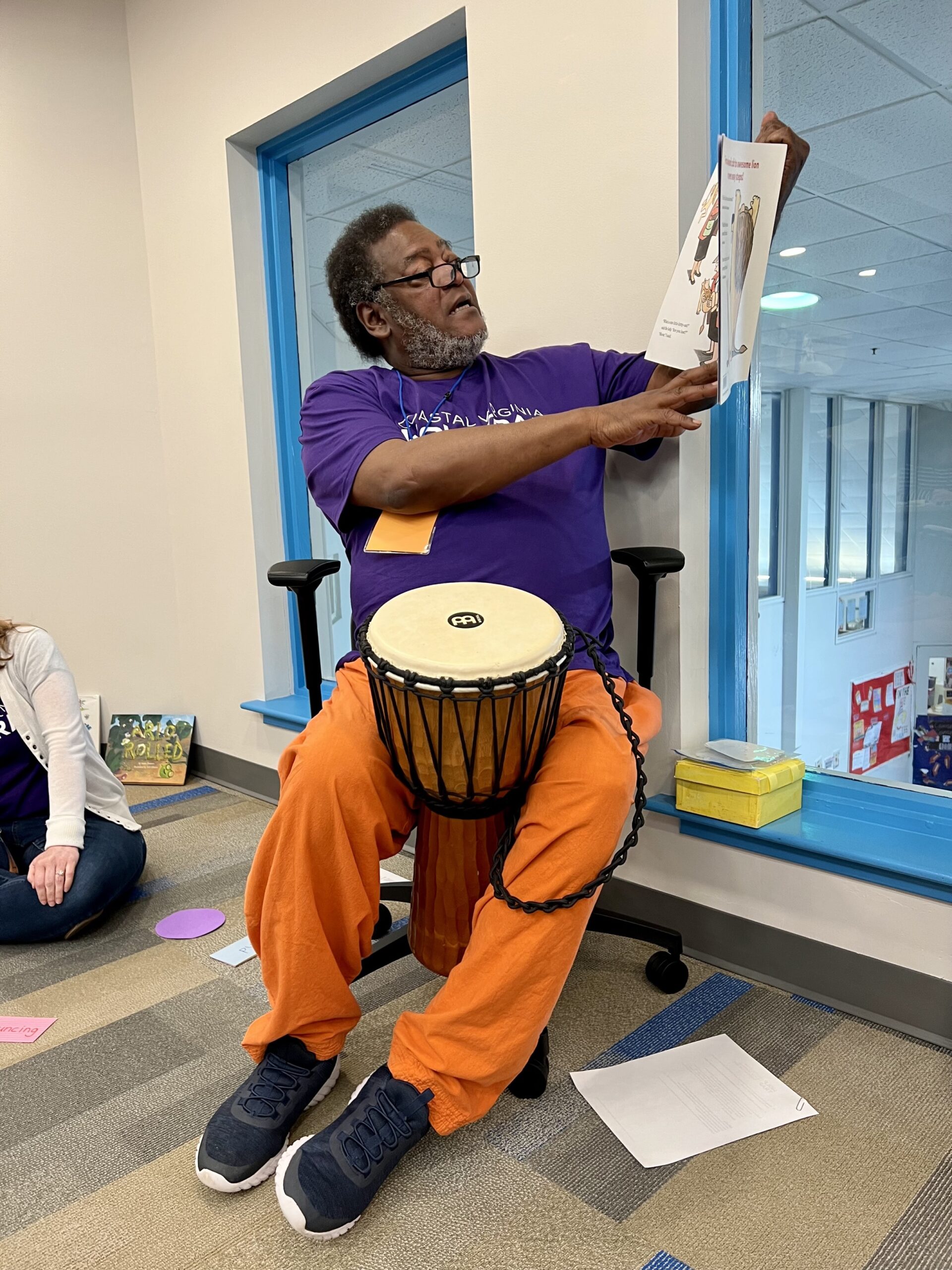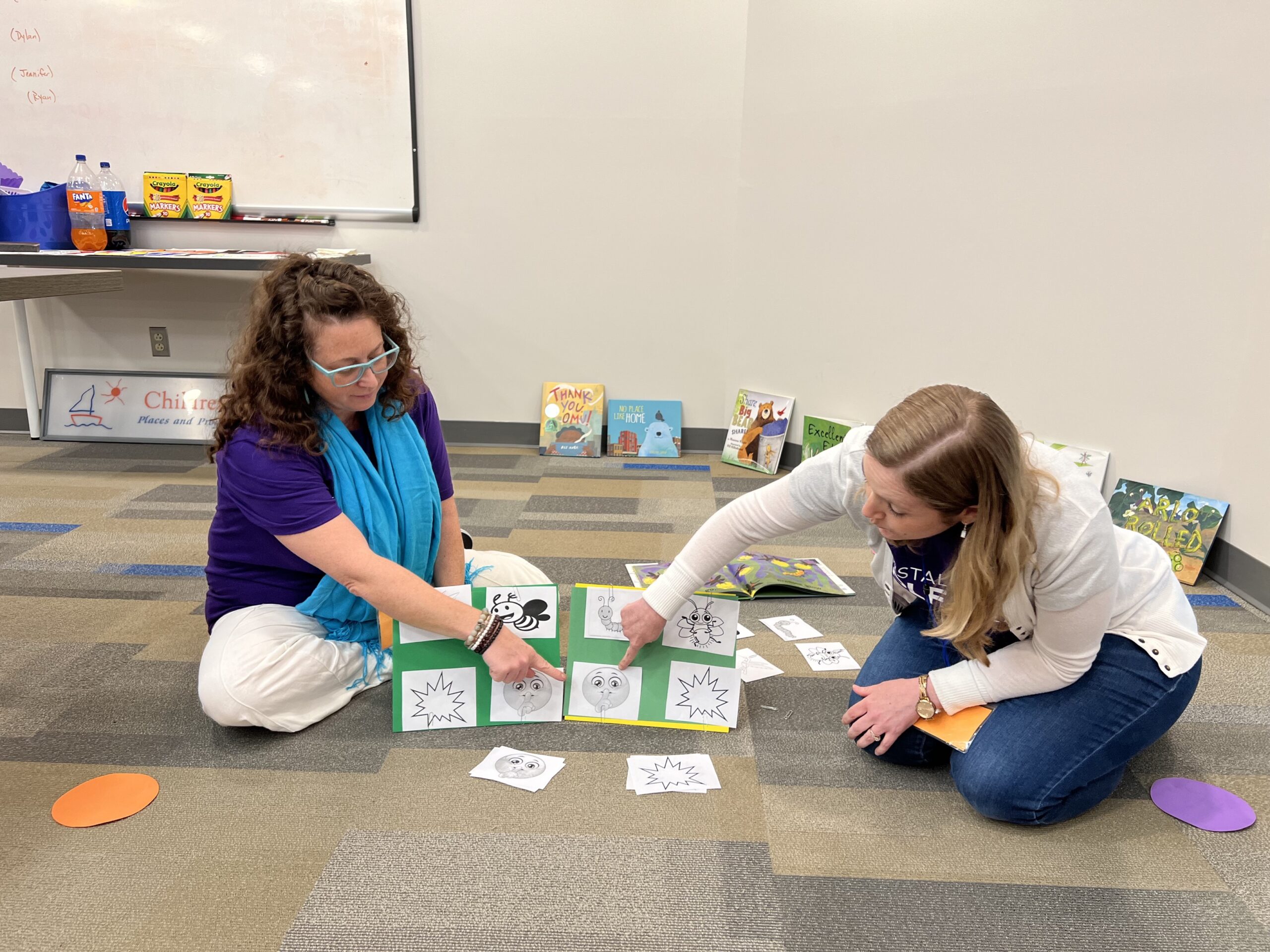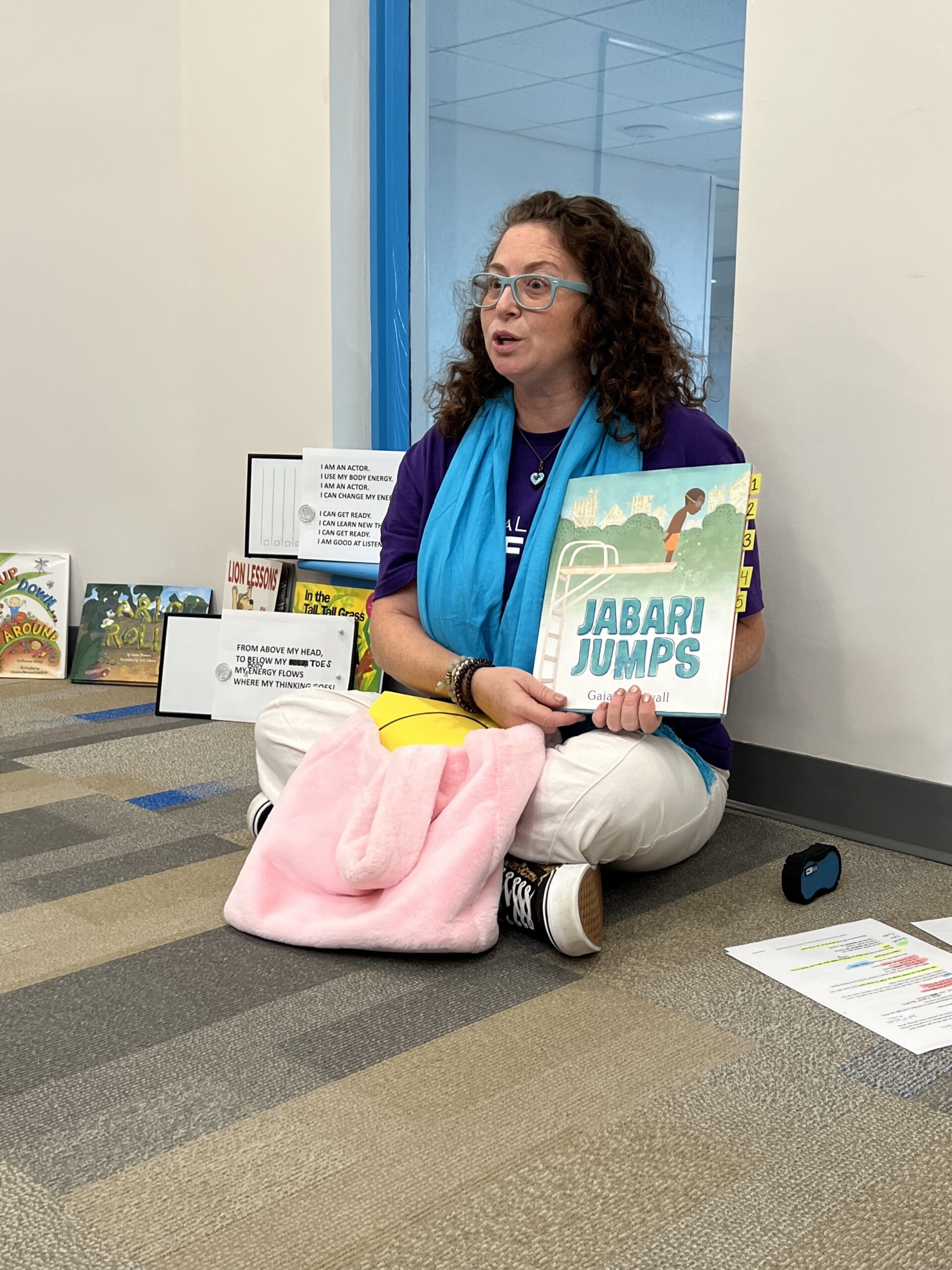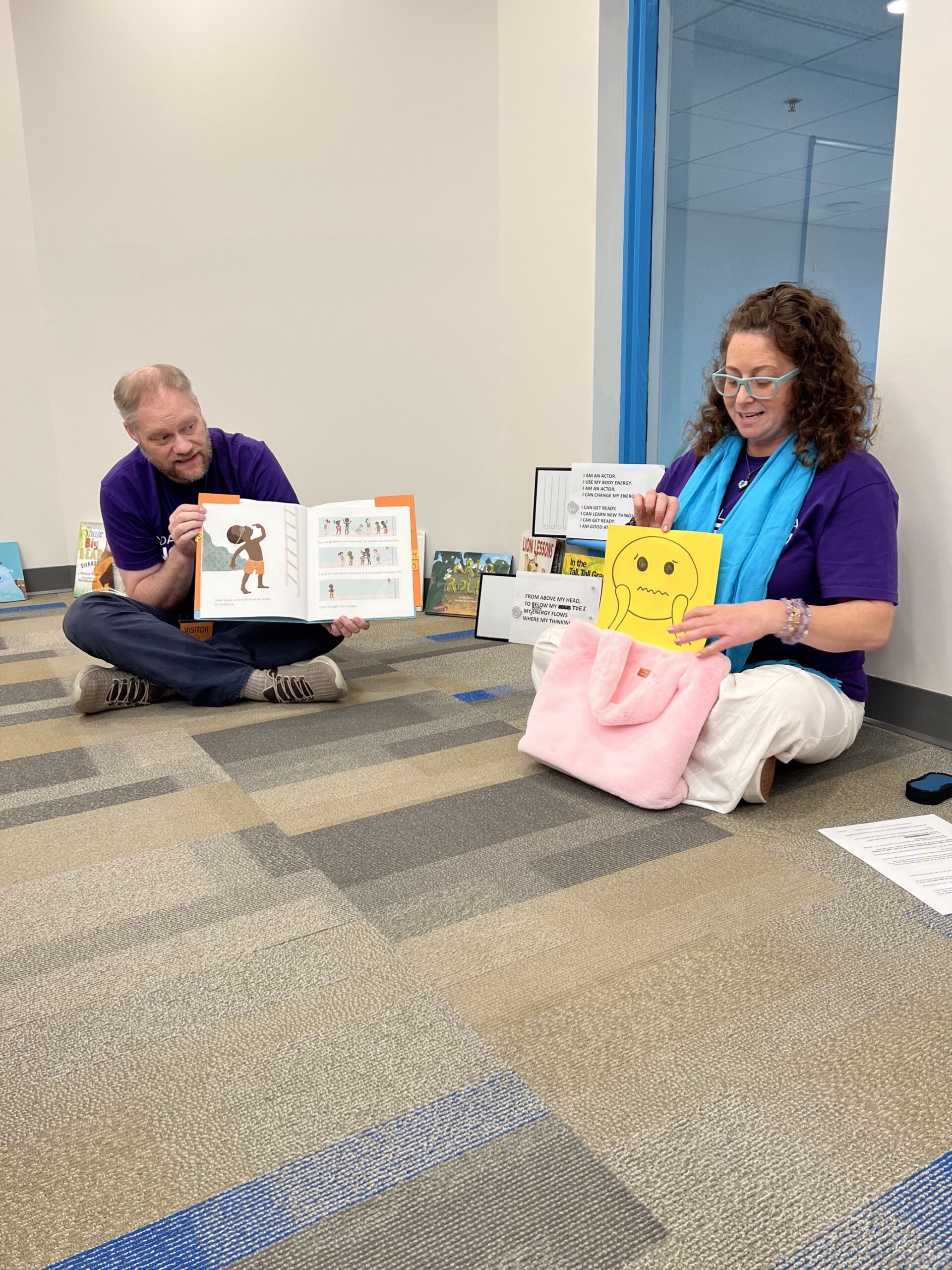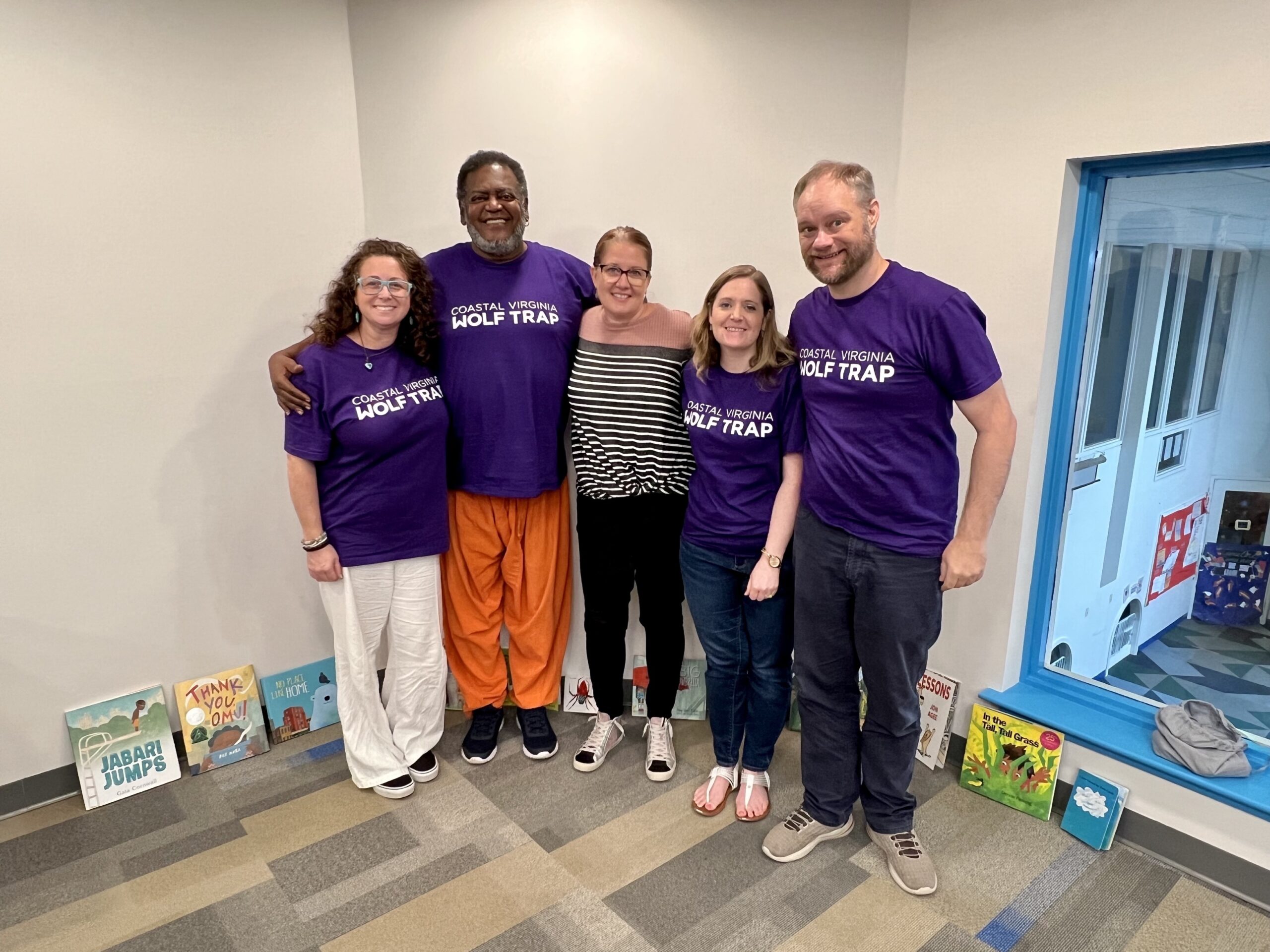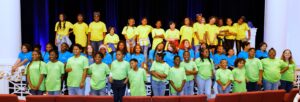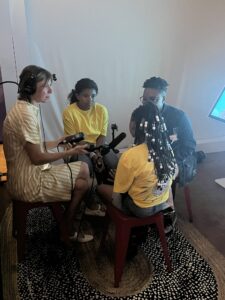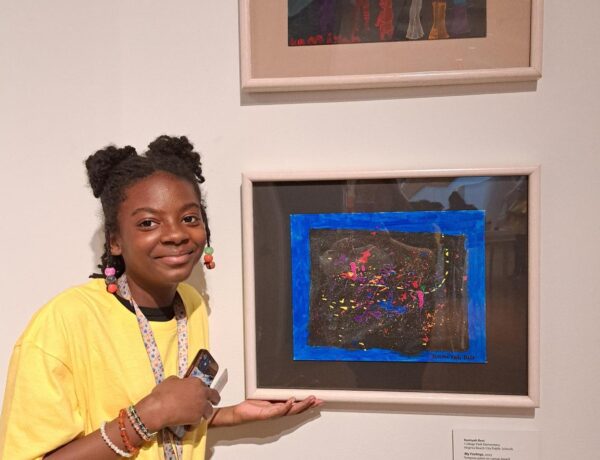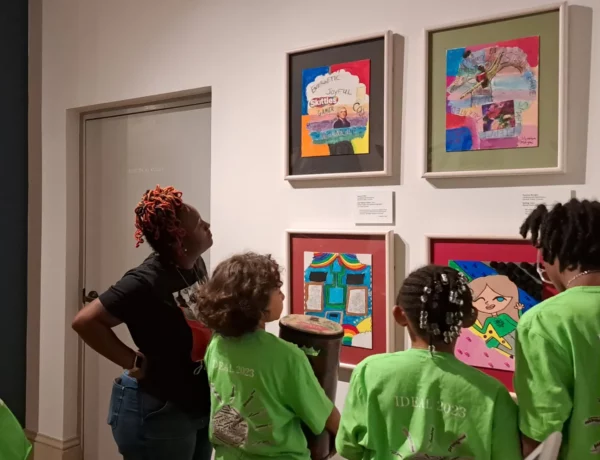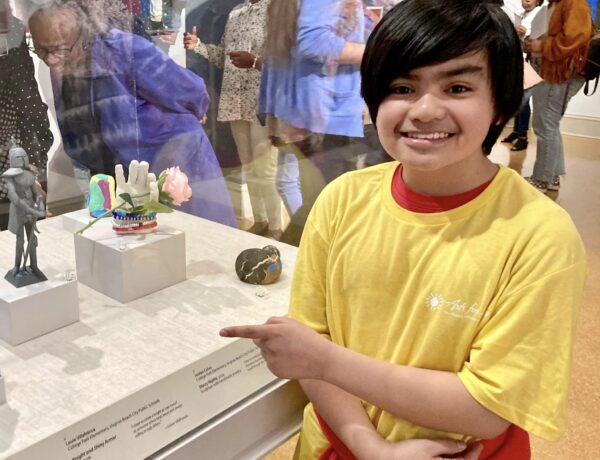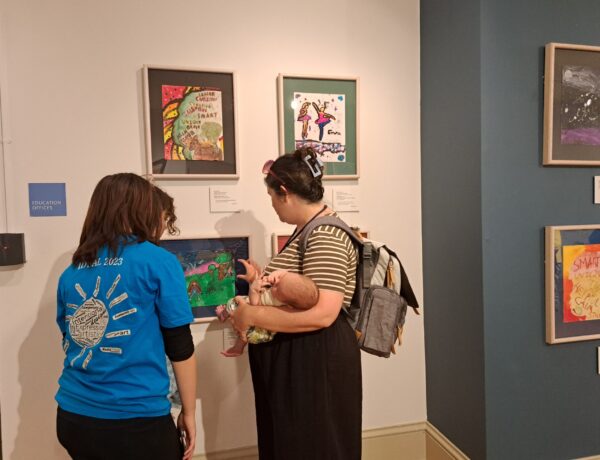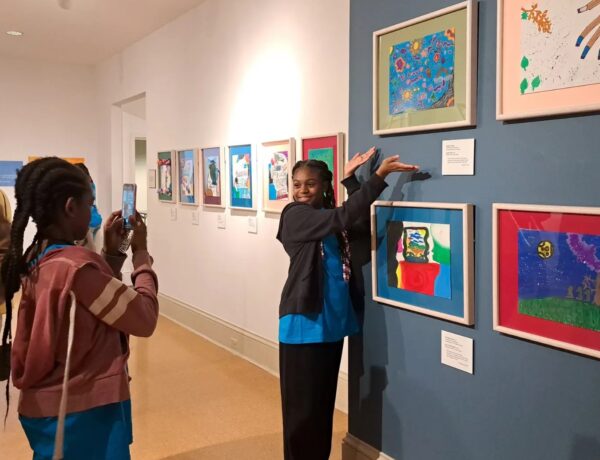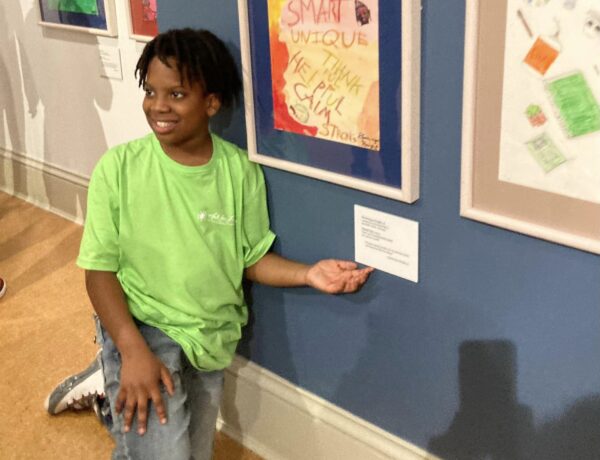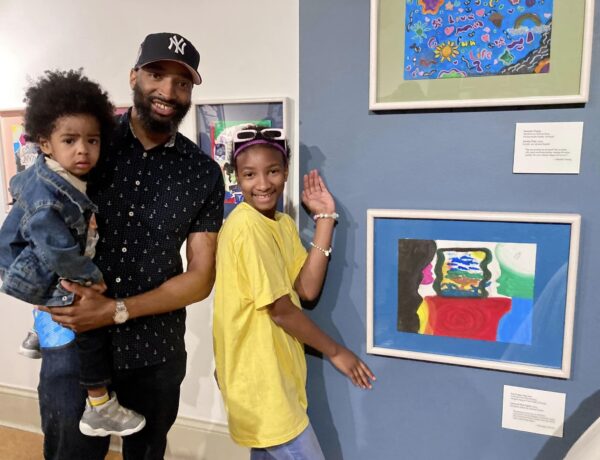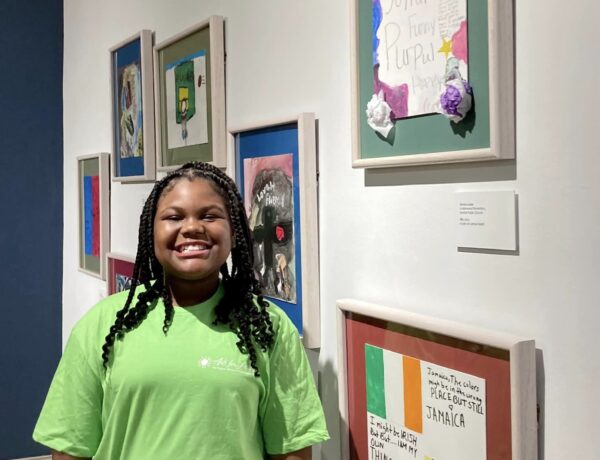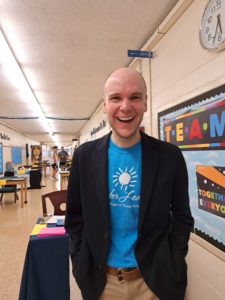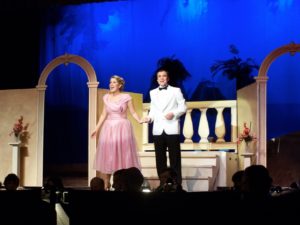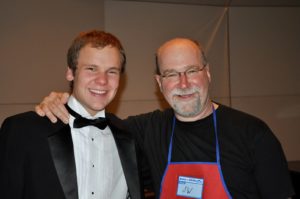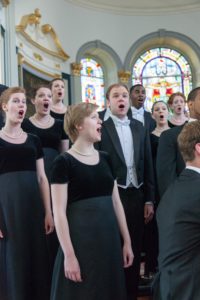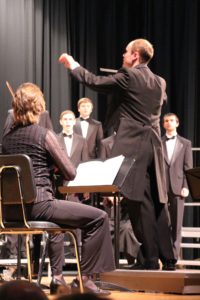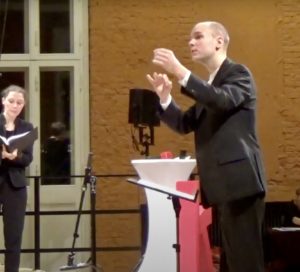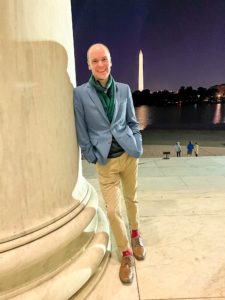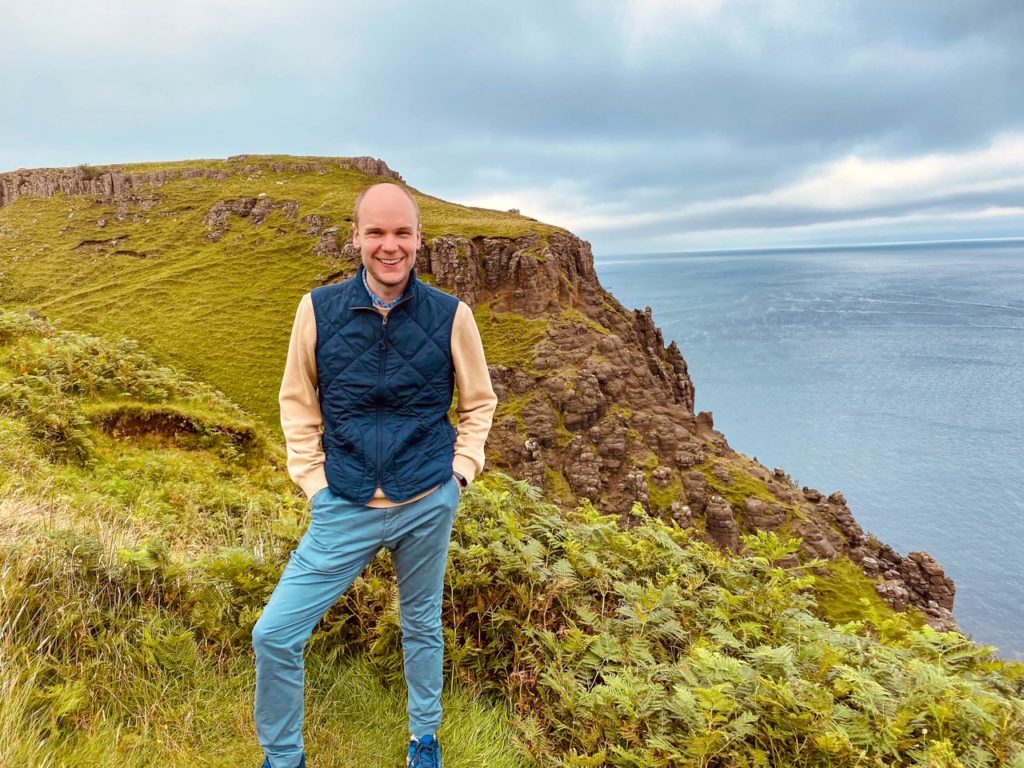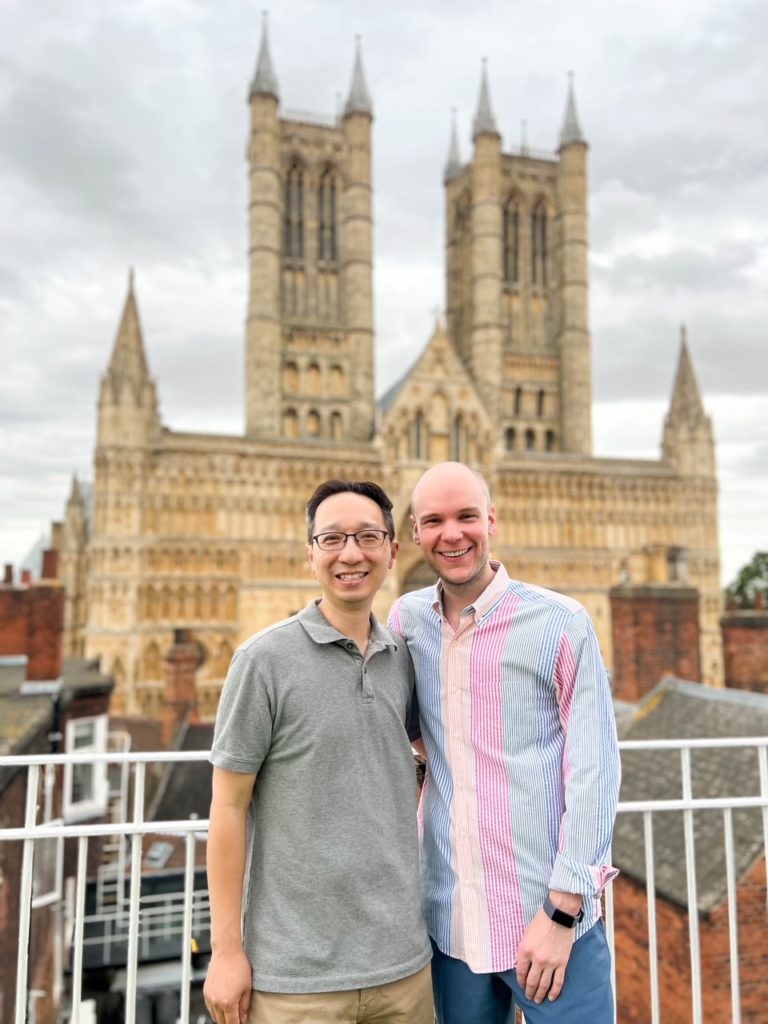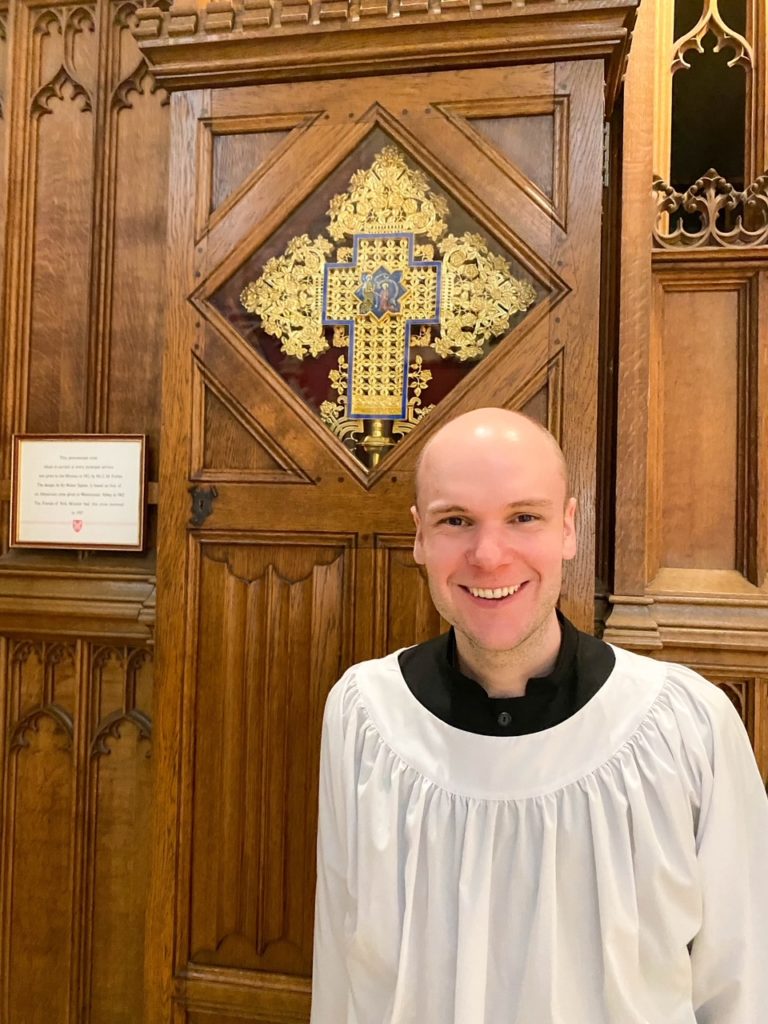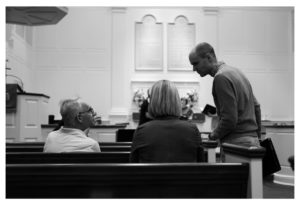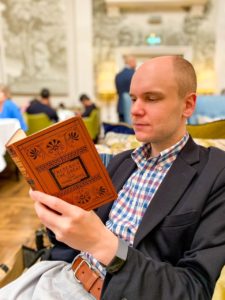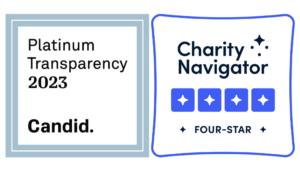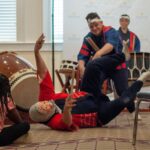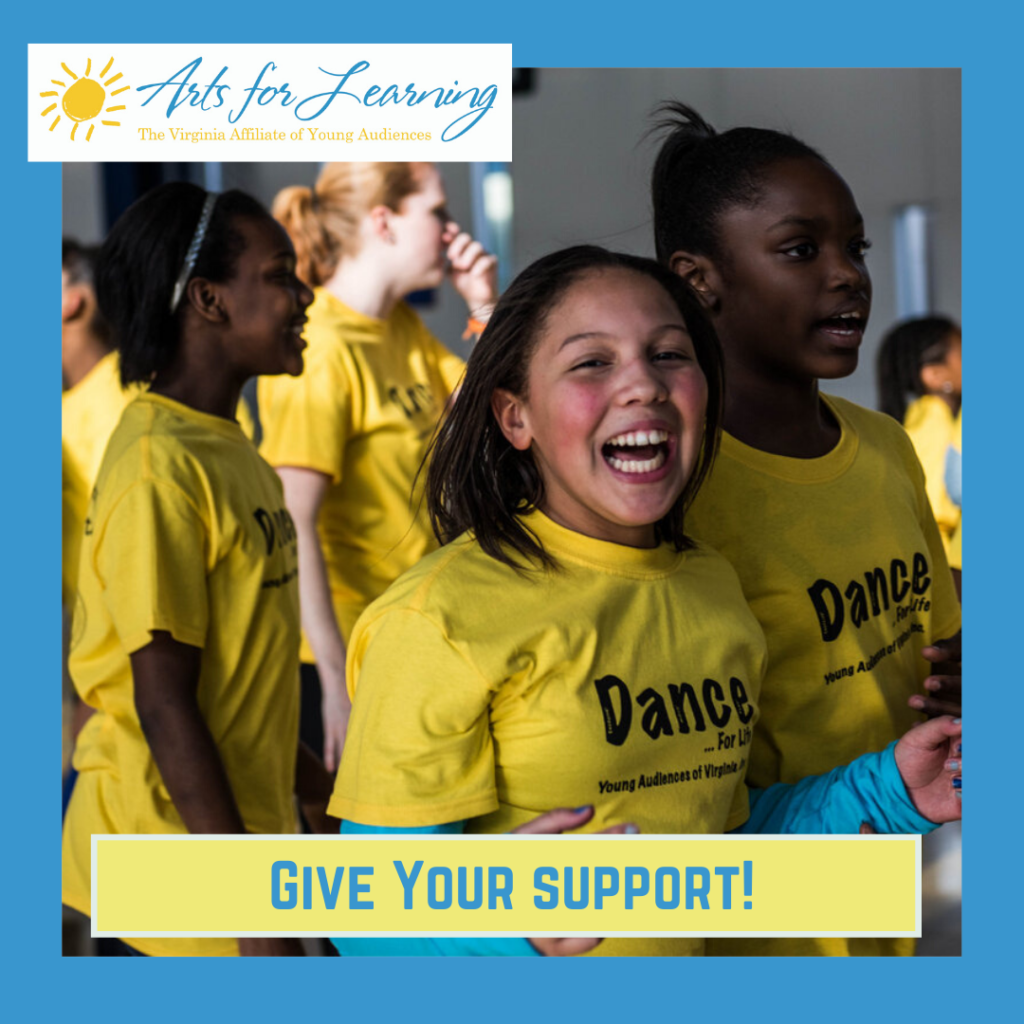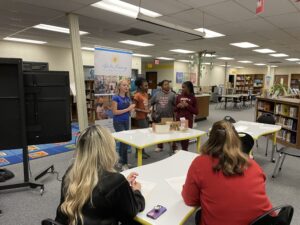 As part of an innovative after-school residency, 5th graders in Newport News have unveiled 3D artistic creations that are the result of weeks of brainstorming, teamwork, and hands-on design. Four teams of students at George J. McIntosh Elementary School created prototypes that address social issues, presenting their models to educators, community leaders, Arts for Learning staff and board members, and their peers in the residency.
As part of an innovative after-school residency, 5th graders in Newport News have unveiled 3D artistic creations that are the result of weeks of brainstorming, teamwork, and hands-on design. Four teams of students at George J. McIntosh Elementary School created prototypes that address social issues, presenting their models to educators, community leaders, Arts for Learning staff and board members, and their peers in the residency.
 Led by A4L teaching artist James Cooper and art teacher Tiffany Murchison, students have met twice a week after school this fall to collaborate on designing and building their prototypes that incorporate STEAM (Science Technology Engineering Arts Math) concepts. James, a puppeteer with an engineering and computer science background, says he’s there to help fill in some of the gaps in kids’ knowledge, but they’re doing the real work.
Led by A4L teaching artist James Cooper and art teacher Tiffany Murchison, students have met twice a week after school this fall to collaborate on designing and building their prototypes that incorporate STEAM (Science Technology Engineering Arts Math) concepts. James, a puppeteer with an engineering and computer science background, says he’s there to help fill in some of the gaps in kids’ knowledge, but they’re doing the real work.
“They’re fantastic,” James said. “They’re very strategic in how they think…they’re really smart, bright, and on the road to being successful adults, which is what we really hope for.” But there’s more. “They’re very feisty. It’s a great energy—they’re willing to work and ready to get it done.”
Each of the four student groups based their prototypes on a social issue they chose to address. Following an introduction by Aisha Noel, A4L’s Programs and Community Engagement Manager, students took turns presenting their prototypes and explaining their projects.
The Voyagers designed a statue of a figure holding a heart.
“We made this statue to represent peace and to stop violence—for people to see it and understand how and why they need to stop fighting,” said Andy, one of a five-member team. “I think art can make a difference because statues can represent different meanings—stop bullying, stop violence, stop cyber bullying, anything.”
Team Shine Bright Squad focused on cyber-bullying, with their prototype featuring a two-sided screen and a girl who was being bullied from her own bedroom.
For their prototype, Team Big Macs designed a food truck that would service the homeless.
Team Star Power also selected homelessness as their social issue, building a model of a home that comes well stocked with food for its residents.
After the presentations, judges, including student peer judges, voted on which prototype will be built by the group as a whole. The winner—Star Power and its house for the homeless.
The final 3-D artwork will be displayed at the Downing-Gross Cultural Arts Center, with the unveiling to take place December 13 at a special reception for students and families. The public is invited to come view the artwork through December 22.
The excitement of seeing their artwork publicly displayed may wind up being students’ favorite part of this residency. But for now, they have different takeaways that may be even more important:
“Teamwork, to never give up, and anything can be art.” Joshua, Fifth Grade
“I learned that I can always help people when they need help. And I learned that if someone is feeling sad or something, I can cheer them up.” Treasure, Fifth Grade
“Being more interactive with other people. And learning how to speak out loud without stuttering.” Nialiah, Fifth Grade
But for Emily, the best part of the residency has been a practical one—getting to make art at school.
“I can make 3D stuff without getting yelled at by my mom to clean my room.”
Arts for Learning thanks Huntington Ingalls/Newport News Shipbuilding for underwriting this residency, which is provided at no cost to students and their families. Additional community support is provided by Newport News Public Schools Fine Arts and STEM supervisors and the Newport News Arts Commission.

